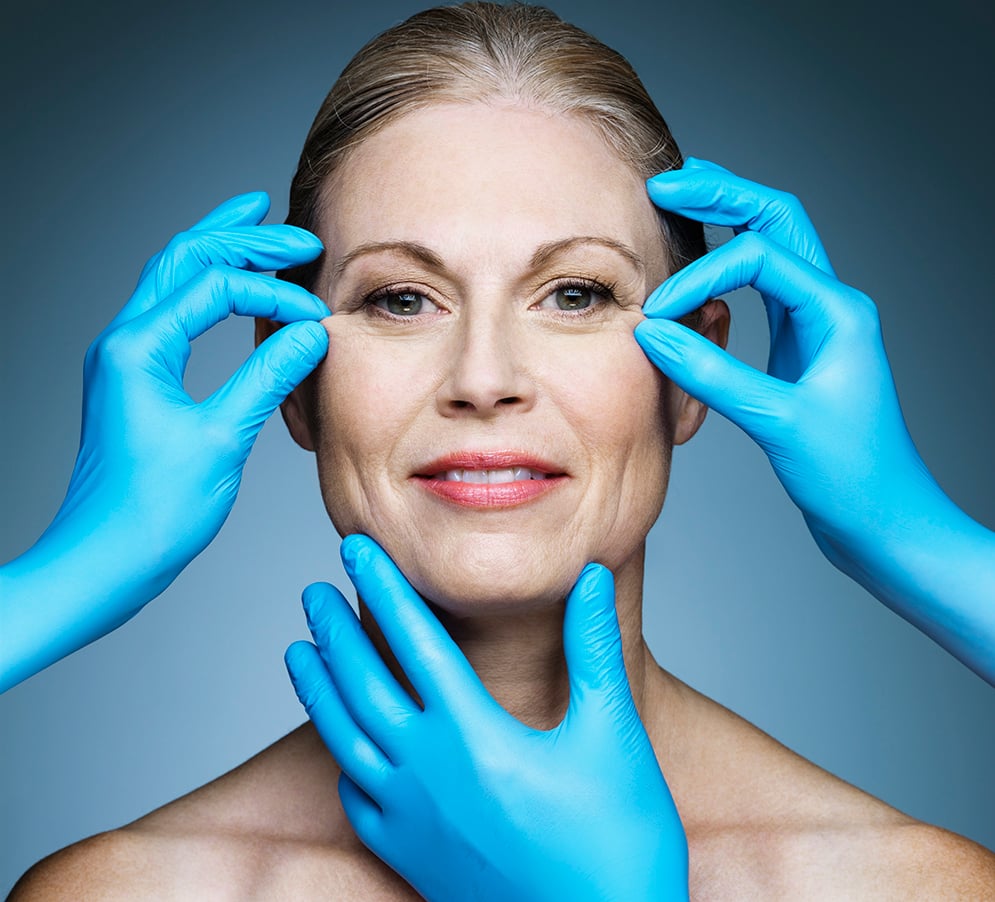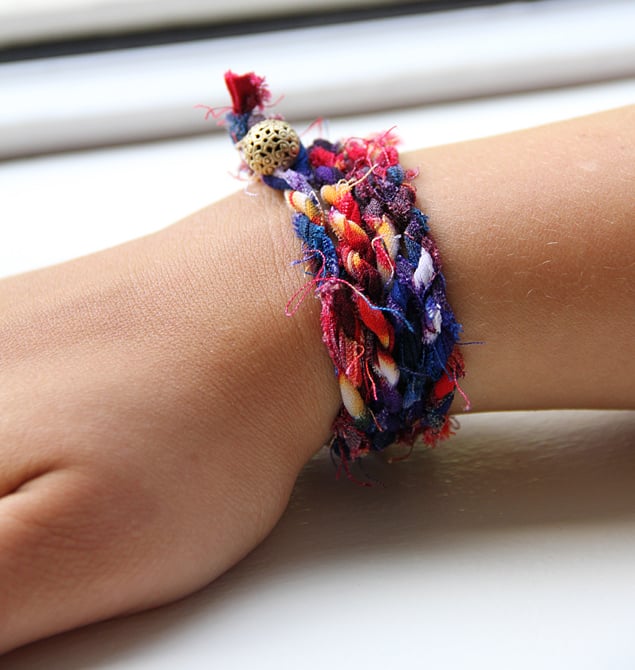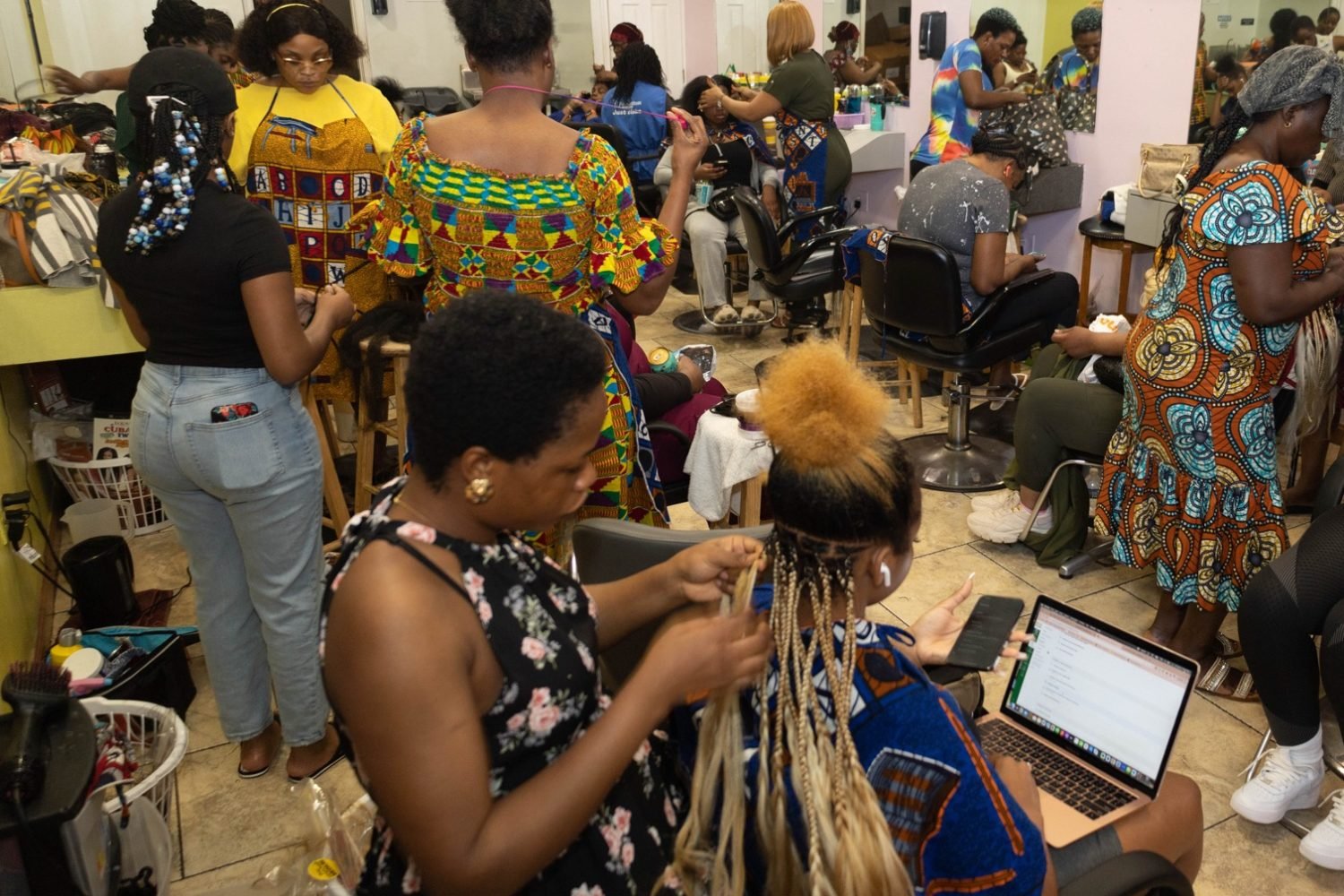Known for performing risky, complex operations on children who have profound head and facial deformities, Dr. Craig R. Dufresne was already doing aesthetic plastic surgery when a woman presented her own difficult case. Holding up a 1939 Life magazine depicting her as a ravishing young thing, she announced, “I want to look like that again.”
Could he transform the 85-year-old into the ingénue cover girl of her youth? “I told her I went to medical school, not magic school,” recalls Dufresne, who practices in Chevy Chase and Fairfax.
Few people interested in looking younger are that unrealistic. But under pressure to look “fresher,” countless Washingtonians are pondering makeovers, especially around the holidays, when they can go into hiding for a spell to heal.
So how to choose the right surgeon? Here are nine tips.
Know How You Want to Look
Nearly all area surgeons we spoke to describe their work as “natural” or “conservative.” But make sure you agree about what “natural” looks like. Decide in advance what you want to improve—and what you want left alone. Your doctor may concur that your double chin could benefit from trimming and your jowls from lifting. But if you’re fine with the rest of your face and he proposes cheek implants or suggests transforming your cherished ethnic nose into a cute little button, that’s a red flag. So are office staffers who appear over-plumped or tightly pulled, because the receptionist’s surgical procedures are likely the handiwork of that same surgeon. You want a doctor who shares your aesthetic.
Ask Friends and Family for Referrals
Your sister-in-law had a fabulous Brazilian butt lift and adores her charming doctor. If you, too, crave a bounteous booty, make an appointment for a consultation. But if you want a facelift, find an expert in that procedure. Yes, some surgeons do it all and do it well—one look at their online photo galleries will reveal their repertoires—but different body parts require different skills. (More on that later.)
Referrals from people you trust, especially in your age range, may be the best route to a finding a good physician. Ask friends how long ago they had their work done—techniques can change—and how the recovery progressed.
Patients giving referrals may tend to focus on a doctor’s personality, but charm is an overrated attribute that has little to do with surgical skill, and it may vanish altogether if things go awry. (You might look at online reviews for a sense of how a physician addresses patient complaints.) A doctor who listens to what you want and respects your wishes doesn’t necessarily have to be warm and fuzzy, though that’s certainly a plus.
Find a Surgeon Who Specializes in the Procedure You Seek
Many surgeons begin their careers doing general trauma and reconstructive work, moving into aesthetic plastic surgery as they build a practice or narrow their interests. Some tackle the entire body, from forehead lifts to ankle sculpting; others concentrate on the face and neck, or the torso for breast work and tummy tucks.
When you’ve decided what you want, ask how many of your desired procedures the doctor does in a typical week or month. You shouldn’t be a surgeon’s semiannual nose job or breast augmentation. Nor should your liposuction be performed by, say, a board-certified emergency-medicine specialist seeking a piece of the lucrative aesthetics market.
Bookmark RealSelf.com
This aesthetic-procedure site is an information gold mine for consumers, featuring a physician Q&A section as well as patient reviews and photos that tend toward the shockingly frank and detailed. You can post your own questions to thousands of doctors—and often get answers from Washington surgeons you may wish to consult.
Their opinions, sometimes in the dozens, can be reassuringly unanimous, or diverse enough to set you thinking about different routes to a newer you—whether long-term surgical, shorter-term injectable (Botox, Juvéderm), or noninvasive mechanical (Thermage, Ultherapy). Some replies read like boilerplate seemingly posted by physicians to get names in front of doctor-shopping consumers; other answers are long and thoughtful.
The website is so useful that many of Dr. Franklin D. Richards’s potential patients know exactly what they want. “The consultation is mainly to come in to test the comfort level,” says Richards, who is with Cosmetic Surgery Associates in Bethesda and McLean.
Understand Credentials, Especially “Board-Certified”
This may be the most confusing part of your research, but it’s extremely important given the number of medical boards, societies, and academies out there.
Start with the American Board of Medical Specialties. Founded in 1933, it certifies US physicians in at least one of 24 disciplines; the specialties you want to consider for cosmetic work include plastic surgery, otolaryngology, and ophthalmology. The American Board of Plastic Surgery certifies physicians in plastic and reconstructive surgery. For surgery only above the collarbone, the American Board of Otolaryngology certifies ear, nose, and throat doctors in procedures involving the head and neck.
Look for additional certification by the American Board of Facial Plastic and Reconstructive Surgery, which, while not an ABMS board, is highly regarded and is a credential your facial plastic surgeon should have. The American Board of Ophthalmology certifies eye specialists, though also look for training in plastic and reconstructive surgery around the eyes; doctors with such experience are called oculoplastic surgeons.
You can verify any physician’s certification on each board’s website or at abms.org. For icing on the cake, the American Society of Plastic Surgeons and the American Society for Aesthetic Plastic Surgery both confer additional credentials. The acronym FACS—for Fellow, American College of Surgeons—is peer-conferred by application; a lack of that credential can be telling.
Dr. Steven P. Davison of Washington’s DAVinci Plastic Surgery says other qualifications include being a hospital’s chief of plastic surgery and being published in medical journals, not in the popular press. He also suggests checking for lawsuits as well as disciplinary and licensing problems. Try the Virginia Board of Health Professions, the Maryland Board of Physicians, and the DC Department of Health.
Consult Multiple Doctors, Sometimes More Than Once
Information is power. After researching the procedure you’re interested in, bring your written questions to as many physicians as possible. Some consultations are free; others cost $75 to $150, with fees often applied to procedures. Take notes or go with a friend for a second set of eyes and ears. If you’re having face work, bring in photos taken 10, 15, or even 25 years ago so the surgeon can see how you’ve aged before explaining how she’ll turn back the clock. It can’t hurt to show pictures of people you consider overdone so the doctor understands what you don’t want.
Ask where the surgery will be performed. For privacy, scheduling flexibility, and perhaps lower costs, a physician’s surgical suite or shared ambulatory surgi-center may work best for you, but ask to see a current certificate from organizations such as the American Association for Accreditation of Ambulatory Surgery Facilities (AAAASF), which accredits all office-based operating facilities, or the Accreditation Association for Ambulatory Health Care (AAAHC). If the doctor doesn’t have a certificate like this, go elsewhere.
If you prefer an accredited hospital because it has on-site emergency services in case something goes wrong, ask where the doctor has privileges for your procedures. If he has none, run the other way.
Discuss sedation options, pain levels, recovery time, and possible complications. Make sure you know who pays for revisions if post-op tweaking or a major revision is required.
After choosing a surgeon, review consent documents together with him. Most forms contain a paragraph giving the physician broad freedom, and you should know exactly what he’s planning to do. A facelift, for example, isn’t a single procedure but a combination of several, which doctors do differently.
You may feel awkward asking such direct questions, but remember—you’re hiring someone to cut into your flesh. Better to endure a bit of discomfort at the outset than to regret the results.
Be Savvy When Looking at Before-and-After Images
In studying pre- and post-op photos on surgeons’ websites and in office “look books,” concentrate on patients who are your approximate age, ethnicity, and body type to get the best idea of the work you can expect.
Examine each set of photos carefully to see if the lighting, camera distance, posture, hair, and makeup appear uniform in the before and after. A before picture taken in overhead light can show unattractive shadows below the eyes and nose and can emphasize facial hollows. Some doctors may take after pictures in more direct, bright light or use a flash to eliminate dark areas and to obscure imperfections. Unsure how the photos were taken? Some physicians will take a before photo during a consultation; even if they don’t, check out the camera setup while you’re in the office.
There are other tricks to watch for. A pre-op chin pointing down makes the neck look worse; a post-op chin tilted up looks better. Arms hanging straight down make before breasts sag, while pulled-back shoulders separate post-surgery breasts so they look perkier. Though doctors may choose to display only a single before and a single after shot, they generally document their work for peer review with as many as five or six shots of each procedure taken from various angles. Request to see them all.
Consistency in facelift photos is especially important. An unsmiling, neutral before mouth usually turns down at the corners; a slight after smile looks better than actual results might indicate. For the best read on scars, ears shouldn’t be hidden by hair or jewelry.
Ask how long after a facelift the post-op images were made. They can look quite good within a few weeks, during the so-called honeymoon period when after-surgery swelling plumps the tissue and makes skin look smoother and more youthful. Once swelling subsides, loose skin, wrinkles, and neck bands can reappear.
“I take all views at three months because that’s about when you have something close to what they get, but the most ethical photos should be taken a year out,” says Dr. Edwin Williams III, president of the American Academy of Facial Plastic and Reconstructive Surgery.
There’s one unintended variable, says Robin Ntoh, who teaches photography to the staff of DAVinci Plastic Surgery. Women who have had face and neck surgery may appear in before pictures—taken right before surgery—without makeup but will arrive for the after shot carefully made up and coifed because they’re going to work. They’re not asked to scrub their faces and pull back their hair.
Some doctors also use before-and-after videos. J. William Little of FaceliftDC, a surgeon who focuses solely on the face and neck, superimposes moving yellow lines on a series of dissolving photos that highlight exactly what’s been changed. These can be more instructive than the cheery video testimonials and interviews some doctors prefer.
Don’t Be Fooled by Reviews
Reviews are everywhere these days, on sites ranging from Vitals.com, RateMDs.com, and RealSelf.com to Yelp and Angie’s List. Some comments appear soon after surgery, but reviews posted several months to a year later are likelier to reflect true results. Beware a flurry of effusive endorsements that pop up soon after a surgeon has been criticized. It’s possible they’ve been written by the doctor, staff, or reputation managers to bury the negatives and raise overall ratings. If your prospective surgeon has been slammed, ask her to explain. Rival physicians or disgruntled ex-employees have been known to trash doctors. But bad reviews can also describe real mistakes, so listen well to how candidly your prospective surgeon addresses your concerns.
Don’t Be Pressured
After doing all this research, you may conclude you’re not ready for surgery, either physically or emotionally. A good physician may come to the same conclusion. Dr. Michael Olding of DC recalls a recent patient who came in to discuss a possible facelift. After looking at her closely, Olding said: “You really have a nice smile—maybe you should just get your teeth bleached.”
Remember, there are things you’ll know more about than the doctor—namely, how you want to look and what you’re willing to risk.
Annie Groer writes about culture, politics, and design and is at work on a memoir. Her last Washingtonian story was about selling family gravesites.
This article appears in our November 2015 issue of Washingtonian.


















